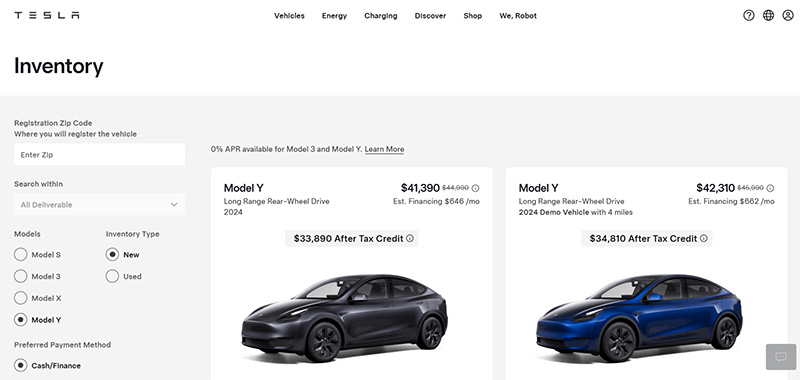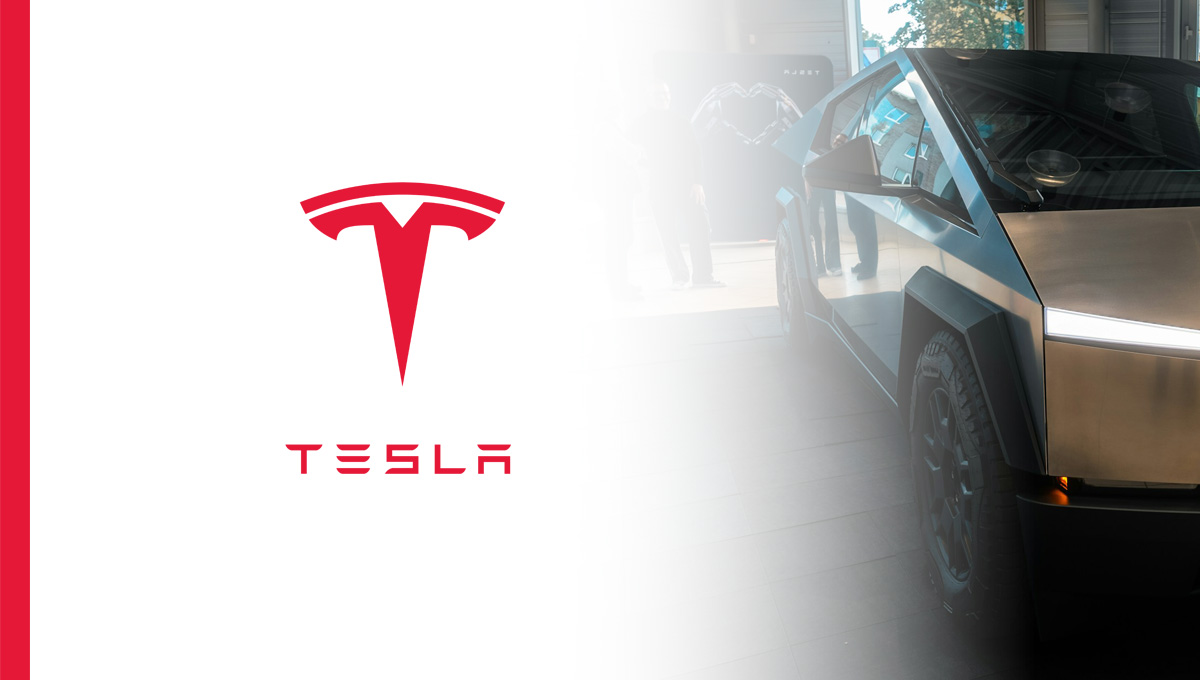Tesla’s global market strategy showcases a blend of innovation, ambitious goals, and adaptability that has allowed it to thrive in a competitive landscape. Recognized worldwide, Tesla has established itself as the uncontested leader in the electric vehicle (EV) sector and is advancing sustainable energy solutions. This analysis dives into the key components of Tesla’s strategy, its impact across regions, and valuable lessons for businesses.
Key Takeaways on Tesla’s Global Strategy
- Strong Brand Positioning: Tesla’s focus on innovation and sustainability establishes it as a premium brand with high customer loyalty.
- Strategic Global Expansion: Tesla prioritizes key markets like China, Europe, and the U.S., optimizing its reach in regions with high EV demand.
- Localized Operations: Regional manufacturing and tailored marketing allow Tesla to meet local demands and navigate regulatory requirements effectively.
- Customer-Centric Sales Model: Tesla’s direct-to-consumer approach and online sales platform enhance customer satisfaction and loyalty.
- Supply Chain Resilience: Tesla’s vertical integration and commitment to supply chain innovation help it adapt to global disruptions.
Understanding Tesla’s Market Position
To fully appreciate the global market strategy of Tesla [TSLA], it’s essential to understand its market positioning. Tesla isn’t solely an electric vehicle manufacturer; it has carved out a unique position as a pioneer in sustainable energy.
Interested in data on top US companies?
Save tens of hours in 2 minutes with some of our best-selling Excel files:
- Branding: Tesla’s branding strategy aims at embodying innovation and sustainability, cultivating strong consumer loyalty and a premium market perception. This brand image is amplified by Elon Musk’s high-profile presence, appealing to tech enthusiasts and environmentally conscious consumers. Musk’s influence and Tesla’s innovative brand have created one of the most valuable car brands in the world.
- First-Mover Advantage: As one of the earliest mass-market EV producers, Tesla established itself as the default choice for electric cars, gaining a solid base of early adopters and enhancing brand trust. This advantage has made Tesla a leader in EV brand awareness globally.
- Technology Leadership: Tesla’s ongoing investments in R&D have enabled it to introduce groundbreaking technologies like the Autopilot system. Such innovations keep Tesla at the forefront of the industry and reinforce its brand as a technology leader.
- Vertical Integration: By controlling its supply chain from battery production to software development, Tesla manages costs, maintains quality control, and adapts swiftly to market changes.
Tesla’s market positioning strengthens its appeal across demographics and allows it to lead in multiple regions through its unique branding and technology-driven approach.
Global Expansion Strategy
Tesla’s global expansion strategy is calculated and strategic, enabling it to establish a solid presence in some of the most lucrative regions for EV adoption. By targeting markets with strong EV incentives and consumer demand, Tesla has optimized its growth.
Key Markets
Tesla has carefully identified and prioritized critical markets, each with unique characteristics and growth potential, but also stiff competition.
- China: China, the world’s largest auto market, has been a major focus for Tesla. The Gigafactory in Shanghai has boosted Tesla’s production capacity, meeting local demand while benefiting from China’s supportive EV policies. Tesla’s local production in China also shields it from import tariffs, enhancing competitiveness.
- Europe: With high EV adoption driven by stringent emissions regulations, Tesla views Europe as a key growth area, even though it is currently losing ground. The construction of a Gigafactory in Berlin aims to support growing demand and expand Tesla’s Supercharger network, which bolsters infrastructure to attract new customers.
- United States: As Tesla’s home market, the U.S. remains vital. Tesla continues to invest in local production capabilities and expand its charging infrastructure, keeping its dominant, though eroding, position as the top EV provider in the country.
- Emerging Markets: Tesla is exploring opportunities in India and Southeast Asia, driven by increasing urbanization, a growing middle class, and favorable government EV initiatives. However, logistical challenges and infrastructure limitations present hurdles, resulting in Tesla canceling its factory plan in ASEAN.
Localization Efforts
Tesla’s success in foreign markets is bolstered by its efforts to localize its operations and tailor its approach to specific regions.
- Manufacturing Localization: Building Gigafactories in strategic locations minimizes shipping costs, reduces tariffs, and enables rapid responses to local demands. For instance, the Berlin Gigafactory helps Tesla to avoid import costs and delays associated with shipping from the U.S., while boosting responsiveness to European market needs.
- Regulatory Compliance: Tesla works closely with the U.S. and local governments to navigate regulatory frameworks, ensuring compliance and building trust with both policymakers and consumers. One such hurdle is currently managing the implementation of robotaxis in the U.S.
- Tailored Marketing Strategies: Custom marketing efforts, including referral programs and community partnerships, resonate with regional audiences, boosting brand loyalty and sales.
- Community Engagement: Tesla’s community outreach programs help educate consumers about EV benefits, enhancing Tesla’s image and reducing resistance to adopting EV technology.
Innovative Business Model
Tesla’s business model is built to maximize customer satisfaction, profitability, and its mission to advance sustainable energy solutions.

Direct Sales Model
Tesla’s direct-to-consumer sales approach challenges the traditional dealership model, giving it a significant edge in customer experience.
- Elimination of Intermediaries: By selling directly to consumers, Tesla avoids dealer fees and provides a pressure-free buying experience, increasing customer satisfaction and brand loyalty.
- Enhanced Customer Experience: Direct interaction with customers allows Tesla to gather valuable feedback, driving continuous improvements in products and services.
- Online Sales Platform: Tesla’s online platform enables customers to customize and purchase vehicles digitally, catering to tech-savvy buyers who value convenience and transparency.
Software Upgrades
Tesla’s software-driven approach differentiates it from traditional automakers and allows for continuous product improvement.
- Over-the-Air Updates: Software updates delivered remotely enhance vehicle performance and introduce new features without requiring dealership visits, setting Tesla apart in customer convenience and innovation.
- Data Utilization: Tesla collects data from its vehicles to improve design, inform future models, and refine marketing strategies, continuously enhancing the user experience.
- Autonomy Development: Tesla is dedicated to advancing autonomous driving capabilities, with potential to redefine transportation and mobility as self-driving technology progresses.
Challenges and Risks
Even with an impressive market approach, Tesla faces several obstacles that impact its strategic choices.
- Increased Competition: As the EV market expands, established automakers and new entrants alike are vying for a share, pushing Tesla to continuously innovate to maintain its position. Traditional giants like Ford, Volkswagen, and newer brands like Rivian are intensifying the competition, which could erode Tesla’s market share if it does not stay ahead in technology and customer loyalty.
- Supply Chain Vulnerabilities: Global semiconductor shortages, rising raw material costs, and geopolitical tensions are impacting Tesla’s production capabilities. These factors emphasize the need for Tesla to diversify suppliers and improve inventory management. Disruptions, as seen during the COVID-19 pandemic, highlighted Tesla’s dependency on certain suppliers, underscoring the importance of a resilient supply chain.
- Regulatory Challenges: Navigating varying regional regulations on emissions, safety, and trade is complex and increases operational costs. Compliance with these regulations, particularly in the EU and China where emissions standards are strictest, demands continuous adaptation and could impact profitability if policies shift unfavorably.
- Public Relations Risks: As a highly visible brand, Tesla faces significant risks if quality or operational issues arise. Incidents involving autonomous vehicle accidents, product recalls, or manufacturing delays can lead to negative media attention, impacting Tesla’s brand trust and consumer loyalty. Such risks require Tesla to maintain rigorous quality control and clear communication with stakeholders.
Key Takeaways for Businesses
Tesla’s strategy offers valuable lessons for other companies looking to implement their global market tactics.
- Embrace Innovation: Companies should foster a culture that supports continuous innovation, not only in products but in processes, to stay competitive. Tesla’s focus on R&D allows it to push the envelope with technology like the Autopilot system, setting an example for others to drive innovation consistently.
- Understand Local Markets: Adapting to regional preferences and regulations is essential. Tesla’s localized manufacturing and tailored marketing in China and Europe highlight the effectiveness of aligning strategies with local consumer behaviors and regulatory requirements.
- Enhance Customer Experience: Tesla’s direct sales model and over-the-air software updates demonstrate the value of building direct consumer relationships. Companies should leverage technology to provide seamless experiences that meet modern consumer expectations.
- Build a Sustainable Brand: Emphasizing Tesla’s sustainability not only meets consumer demand for eco-friendly practices but also builds long-term brand loyalty. The company’s commitment to reducing carbon emissions through its products and operations serves as a model for integrating sustainability into core business practices.
As businesses analyze Tesla’s global market strategy, they should recognize that adaptability, innovation, and customer-centric approaches are crucial for thriving in today’s dynamic environment. Staying aware of market trends and being ready to pivot strategies allows companies to capitalize on opportunities and navigate global market complexities effectively. Engaging with these best practices ensures a competitive edge in the rapidly evolving global business landscape.






![Top 1200 UK Companies [FTSE All-Share + FTSE AIM All-Share] – Excel Download](http://store.disfold.com/wp-content/uploads/sites/11/2024/05/top-1200-uk-companies-ftseallshare-aimallshare-small.jpg)
![Top 500 Australian Companies [All Ordinaries] – Excel Download](http://store.disfold.com/wp-content/uploads/sites/11/2021/04/top-500-australian-companies-allordinaries-small.jpg)